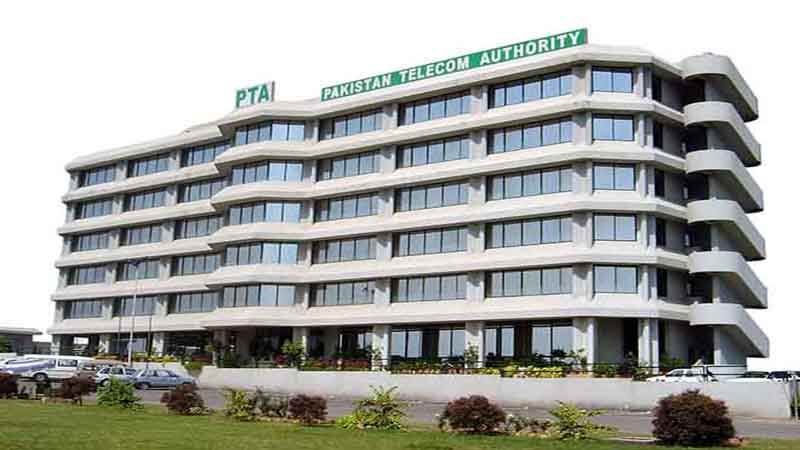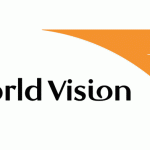PTA (National Parent Teacher Association) Mission and Vision Statement Analysis

PTA mission statement is “to make every child’s potential a reality by engaging and empowering families and communities to advocate for all children.” The work of PTA revolves around giving children the best opportunities in life as affirmed by this mission statement. The statement has these components:
- Improving lives
- Transforming potentials into reality
The primary role of PTA (National Parent Teacher Association) as reflected by the first component in this mission statement is to find the best ways the organization can make a difference in the lives of the children in need. It does this by pulling the efforts of different stakeholders including parents and teachers to advocate for proper education, safety and health of children. There are many other transformative approaches that this institution has initiated to advance this agenda wherever it operates. While implementing these objectives, PTA directly contributes to the creation of viable opportunities for children. As a result, this helps them to realize their dreams of becoming successful individuals later in their life due to the supportive foundation.
Introduction
National Parent Teacher Association (PTA) is an organization that has created a long-lasting reputation in helping children towards a productive developmental path in their lives. Ever since it came into operation in the year 1897, PTA has exerted its influence in the advocacy for the rights of children across the globe.
In fact, this is exactly what its mission and vision statements represent. The definition of a vision statement indicates that it is a roadmap to the future of a company. On the other hand, a mission statement is defined as the strategies that would propel an organization towards its future. In this case of PTA, its vision statement underscore the 120-year-old transforming reputation the organization wants to secure.
The vision statement also highlights the interactive nature that PTA exploits to ensure its benefits reach all eligible individuals. By combining these efforts with its core values such as diversity and accountability, PTA has managed to remain focused on what this organization was founded to deliver.
Vision Statement
PTA vision statement is “making every child’s potential a reality.” The statement shows that the organization solely focuses on the welfare of children. This vision statement has the following key component:
- Every child
- Children potentials
To satisfy the needs of this vision statement, the policy of PTA indicates that the advocacy of this organization caters to the needs of all children without any form of discrimination. Moreover, it acknowledges the vast potentials such as healthy lifestyles, social safety, and education among others. The targeting of its products ensures that the establishment creates an environment where children can maximally enjoy and grow positively.
Core Values
PTA core values comprise “collaboration, commitment, diversity, respect, accountability.” The success of PTA for over 120 years has largely been embedded in these core values. They have enabled the organization to remain principles and committed to its goals and objectives. Particularly, the ability to stimulate shared responsibility, and working together and respect all stakeholders has gradually transformed it into one of the best corporations in the modern era.
References
- Brătianu, C., & Bălănescu, G. V. (2008). Vision, mission and corporate values. A comparative analysis of the top 50 US companies. Management & Marketing, 3(3), 19-38.
- Cady, S. H., Wheeler, J. V., DeWolf, J., & Brodke, M. (2011). Mission, vision, and values: what do they say? Organization Development Journal, 29(1).
- Chun, R., & Davies, G. (2001). E-reputation: The role of mission and vision statements in positioning strategy. Journal of Brand Management, 8(4), 315-333.
- Morphew, C. C., & Hartley, M. (2006). Mission statements: A thematic analysis of rhetoric across institutional type. The Journal of Higher Education, 77(3), 456-471.
- Mullane, J. V. (2002). The mission statement is a strategic tool: when used properly. Management Decision, 40(5), 448-455.
- Ozdem, G. (2011). An analysis of the mission and vision statements on the strategic plans of higher education institutions. Educational Sciences: Theory and Practice, 11(4), 1887-1894.
- PTA – Home.
- Rajasekar, J. (2013). A comparative analysis of mission statement content and readability. Journal of Management Policy and Practice, 14(6), 131-147.
- Rozycki, E. G. (2004). Mission and vision in education. Educational Horizons, 82(2), 94-98.
- Tarnow, E. (1997). A recipe for mission and vision statements. Journal of Marketing Practice: Applied Marketing Science, 3(3), 184-189.











